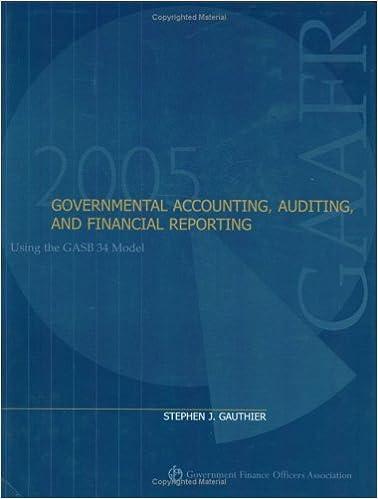Starting Questions Sarah's first questions for you have to do with the general ideas and terminology used to evaluate variances. Provide answers to the following questions (1)-(3). 1. Why might Sarah want to use standard costs to compare with her actual costs? a. Standard costs give management a cost structure for products that is applicable for the entire life of the business. b. Standard costs allow management to motivate employees by comparing their performance to what it would be under perfect conditions. c. Management can evaluate the differences between standard costs and actual costs to focus on correcting the cost variances. 2. What are some possible drawbacks to using standard costs that Sarah might consider? a. Standards limit operating improvements because employees may be discouraged from improving beyond the standards. b. Standards may become "stale" in a dynamic manufacturing environment. c. Employees may focus only on efficiency improvement and their own operations rather than considering the larger objectives of the organization. d. Since standards are impossible to attain, they are a distraction from the work at hand. e. Since standards never change, they do not reflect reality. 3. Sarah wants to be sure she understands the basic definitions involved Answer the following questions by selecting the correct words. A favorable variance occurs when the actual cost (what the product does cost) is variance is represented by a number, indicating that costs are the standard cost (what the product should cost). A favorable than expected An unfavorable variance occurs when the actual cost (what the product does cost) is unfavorable variance is represented by a number, indicating that costs are the standard cost (what the product should cost). An than expected Answer the following questions (1) and (2). All questions pertain to the September data. 1. What caused the total cost variance for direct materials? a. The actual quantity of direct materials per unit was less than the standard quantity b. The actual price for direct materials per unit was less than the standard price. c. The favorable price variance dominated the unfavorable quantity variance, causing the total cost variance for direct materials to be favorable. d. The unfavorable quantity variance dominated the favorable price variance, causing the total cost variance for direct materials to be unfavorable. e. A factor other than those listed caused the total cost variance for direct materials. 2. What caused the total cost variance for direct labor? a. The actual number of labor hours per unit was less than the standard number b. The unfavorable rate variance was larger than the favorable time variance, causing the total cost variance for direct labor to be unfavorable. c. The favorable time variance was larger than the unfavorable rate variance, causing the total cost variance for direct labor to be favorable. d. The actual rate for labor hours per unit was less than the standard rate. e. A factor other than those listed caused the total cost variance for direct labor









